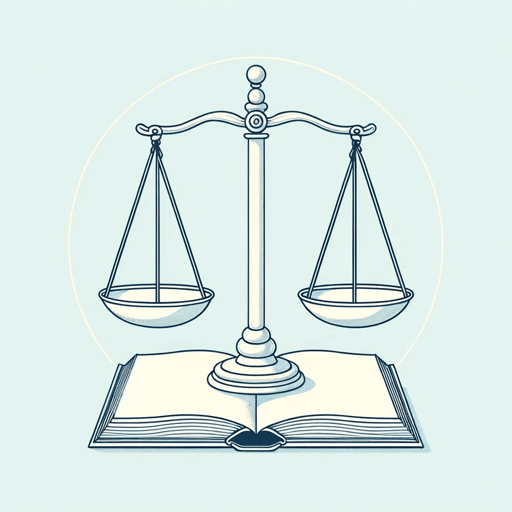24 pages • 48 minutes read
PlatoCrito
Nonfiction | Essay / Speech | Adult | BCEA modern alternative to SparkNotes and CliffsNotes, SuperSummary offers high-quality Study Guides with detailed chapter summaries and analysis of major themes, characters, and more.
Symbols & Motifs
Fitness and Exercise
When Socrates begins to lead Crito on the logical journey of the dialogue, he starts by addressing Crito’s concern with reputation. Socrates introduces a fitness analogy, in which fitness represents justice. Socrates says, “Should a man professionally engaged in physical training pay attention to the praise and blame and opinion of any man, or to those of one man only, namely a doctor or trainer?” (47a-b). Fitness and exercise were important culturally to the ancient Athenians, so by beginning with such a commonplace topic, Socrates can start Crito’s education from a point he already understands. In this section of the dialogue, Socrates’s goal is to teach Crito to value the opinion of experts over that of the majority. In the example of fitness, it is clear to both Socrates and Crito that the expert opinion is more valuable. If that is the case, then the same is true “with other matters, not to enumerate them all, and certainly with actions just and unjust, shameful and beautiful, good and bad, about which we are now deliberating” (47c). Crito’s concern about his reputation as a friend of Socrates might seem on the surface to be a more complex topic than fitness, since it involves difficult concepts like shame, justice, and goodness, and yet Socrates easily moves from physical fitness to these complex philosophical ideas.
Related Titles
By Plato
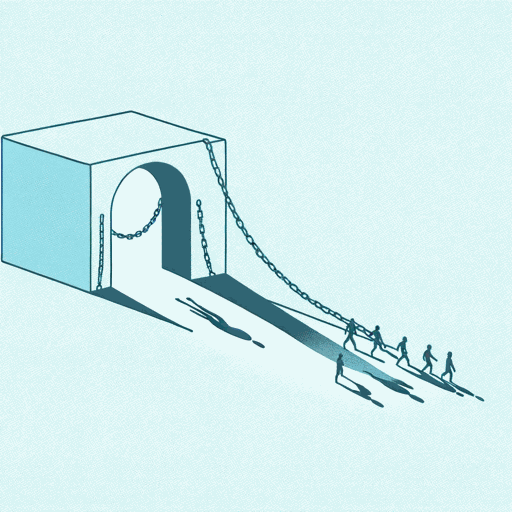
Allegory Of The Cave
Plato

Apology
Plato
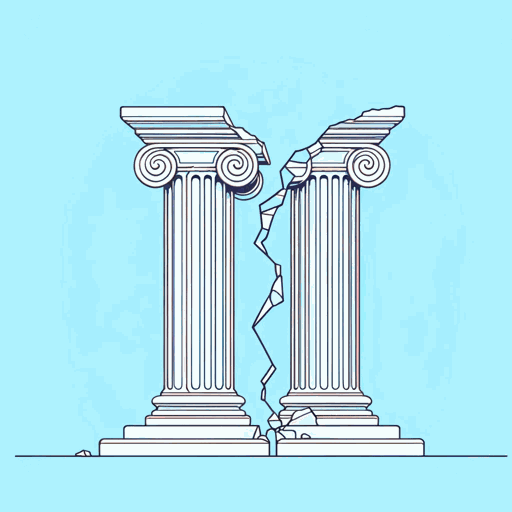
Euthyphro
Plato
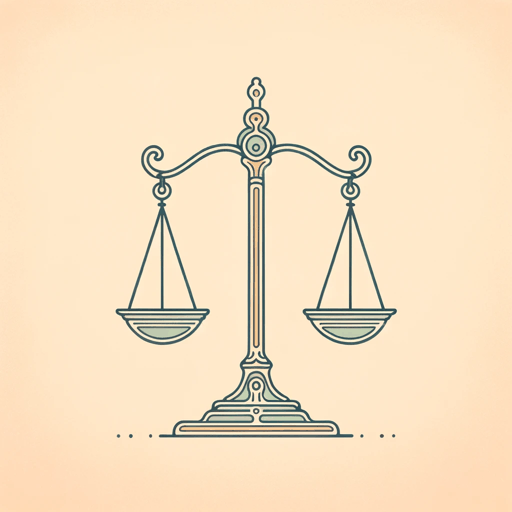
Gorgias
Plato

Ion
Plato

Meno
Plato

Phaedo
Plato
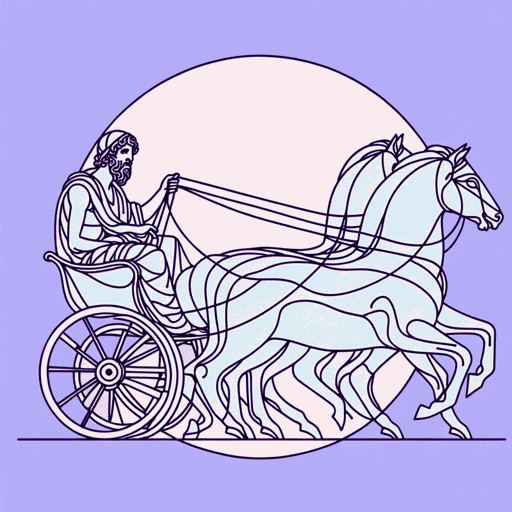
Phaedrus
Plato
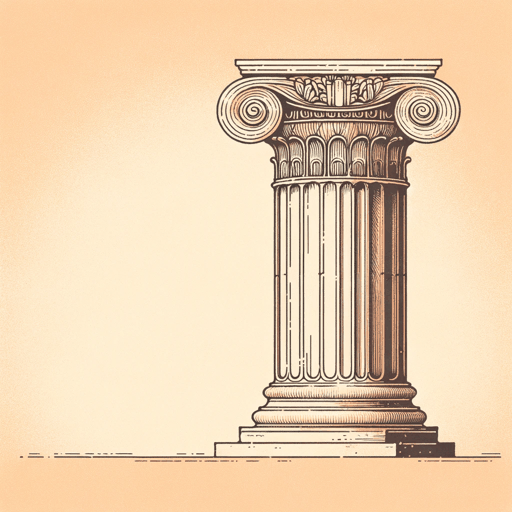
Protagoras
Plato
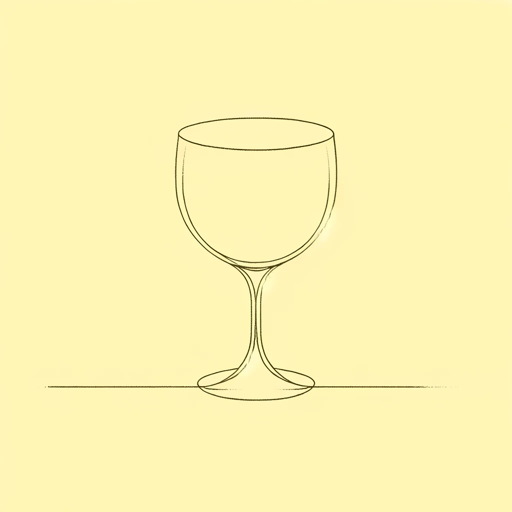
Symposium
Plato

Theaetetus
Plato

The Last Days of Socrates
Plato

The Republic
Plato
